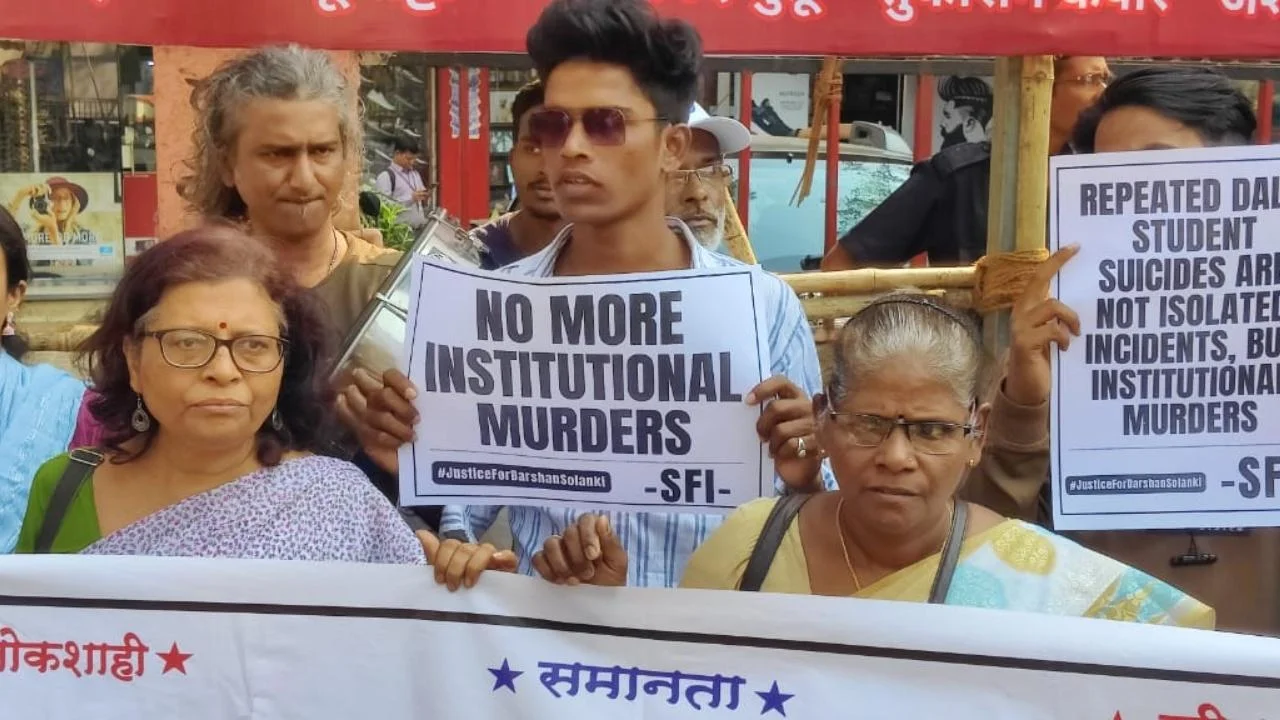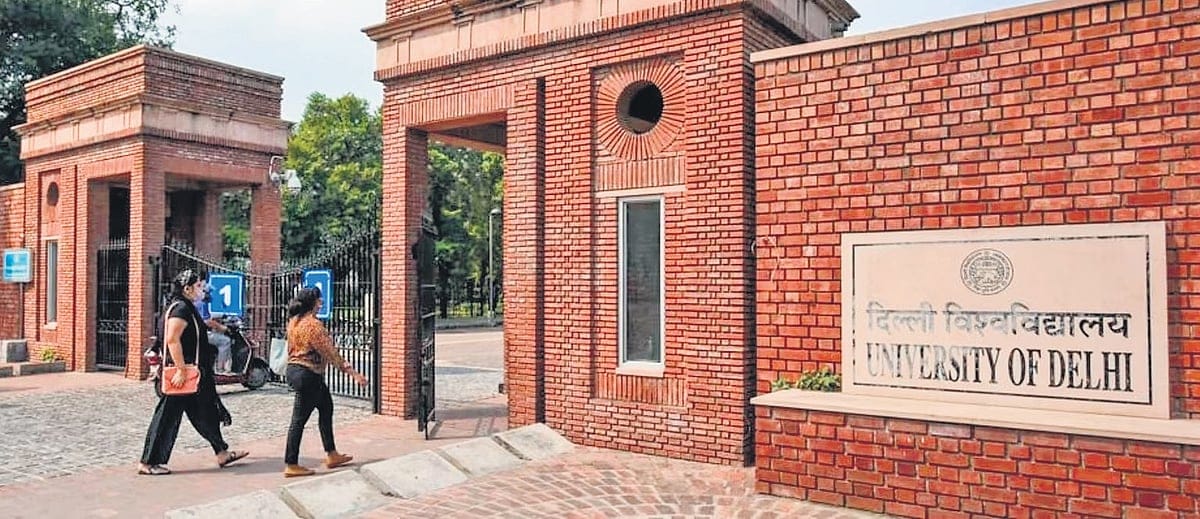Posted by Maria Ansari
In the beginning of August, Bangladesh saw turmoil in the form of a large-scale student movement that organised itself without any official political support. While the success of the movement implied safer road practices, better implementation of traffic laws, and an increased general awareness about road safety, we interacted with students who had expressed their concern over the fact that as normalcy returned to the streets of Bangladesh everyone seemingly forgot the movement. But the truth is that while protests die out, a movement never does.
Student leader, Umar Khalid who was denied the right to submit his PhD thesis and then fined for defamation by Jawaharlal Nehru University, was shot at a venue two hundred metres from the Parliament wall, near the Constitution Club of India, where he was scheduled to deliver at an event called Khauff Se Azaadi (Freedom from Fear), a program against lynching that was being organised by United Against Hate when security in the National Capital Territory was hiked for the preparations of Independence Day.
While a general outrage was seen in the student fraternity in response to this act of violence, with students from Jawaharlal Nehru University, being quoted saying
“Umar ho ya Kumar ho, koi na shooting ka shikaar ho” (Be it Umar or Kumar, Let no one be the target of shooting) others took a more nonchalant and unsurprised stance as a graduate student from Jamia Millia Islamia commented
“It had been a long time coming. I am surprised, it didn’t happen sooner. The JNU student leaders had been publicised as miscreants, with all the relentless hate campaigning with the use of social and mainstream media, these student leaders had been demonized”
In 2016, right after the suicide of Hyderabad University’s student, Rohith Vemula, many student leaders like Umar Khalid, Kanhaiya Kumar, Shehla Rashid Shora, and Anirban Bhattacharya had called for ‘Azaadi’ (freedom), which translated as a call for freedom within India. The chant of ‘Azaadi’ itself was borrowed from another movement and originally popularised by the renowned feminist Kamla Bhasin who picked up the slogan of Pakistani feminists.
While these are manifestations of the negative ramifications of a movement, it is also a direct evidence of the fact that protests die out but movements don’t.
While we believe that Umar Khalid has been bathed in a wrong light because he is looked at with contempt for being a Muslim and because nationality is still defined in India by its narrow constraints, a conversation with Founder and Editor-in-Chief of Kamala Nehru College’s media division The Buzz reveals to us the crux of the problem.
“There was a lot of hatred generated towards Umar and Kanhaiya by biased media reports but once proved, that the tapes were doctored, no news channel came out with an official apology, which is why, majority of Indians still perceive, Umar Khalid, to be anti-state”
The attack on Umar Khalid proves that the JNU row, even after more than two years, remains afresh in the minds of people. While these are manifestations of the negative ramifications of a movement, it is also a direct evidence of the fact that protests die out but movements don’t.
While a protest has a beginning and an end, a movement simply does not. A movement does not have a time period, it is characterised by its attributes. Even if we talk strictly in literary terms, the modernist movement, that began in the 19th century and peaked in the 20th century, was driven by a conscious desire to overturn traditional modes of representation. It ended up influencing art, philosophy, music, and literature. But not every artist who prospered during this time period aligned themselves with this cultural movement.
A movement is kept alive by its followers and those who take pride in it, which is why the confines of university spaces still provide an animated environment for Marxism. In fact, to no one’s surprise, the duo from Haryana who had actually claimed responsibility for the attack on Umar Khalid had done so, because according to them they were driven by a deeper purpose and they drew their inspiration from a Sikh revolutionary of the Ghadar party from the Independence Era.
The impact of a movement is almost never felt immediately.
But as the very last of those, who remain from the Independence Era pass away, one by one, the millennials and generation Z are equipping themselves for a very different sort of fight. For the battles against censorship and a claustrophobic environment inside educational institutions. The fourth pillar of democracy has been facing a threat, as according to a report by Reporters without Borders, India is ranked at 138th in ‘Press Freedom’ just preceding the hard-liner Islamic state of Pakistan by a single mark.
We no longer stand in a position that will allow us to draw a comparison between us and any other developing South Asian country or to claim that we’re a notch above them, because they’re killing their bloggers or because our neighbouring countries are slowly moving towards becoming single-party states. In India too, nepotism, apartheid, and autocracy exist. Media news inclines itself in favour of the ruling party at the centre and anyone who is ‘anti-national’ is silenced either by hook or crook.
Public universities that came up in India as a place for debate and dissent for the youth are losing out on their rights to form student unions even though the right to form a student union, is included in the pro forma of any Central University.
As a student of Jamia Millia Islamia, I know I am part of a history that has shaped the wonder that is India today. JMI came into existence in response to the nationalist call for freedom and became a bustling centre for political activity and a shelter for students who had responded to the Mahatma’s nationalist call for freedom. However, since 2006, the University has had its students in a chokehold, as the JMISU continues to remain banned.
The impact of a movement is almost never felt immediately. The US supported Arab Spring, which caused dictatorial governments to collapse and created a power vacuum across middle east. This power vacuum has given ISIS fertile soil for germination and the countries have collapsed into civil wars that have created children of war that are going to be growing up in countries away from their motherlands, alienated and estranged, where no matter what, they will not shake off the feeling of being ‘the other’.
The first world has created refugees but now it refuses to take responsibility for it. Before a social order is destroyed or a system is discarded, one has to come up with strong alternatives which would prevent relapses during the transition. But the only lesson we take away from the Arab Spring is that a coup d’état does not automatically ensure an alternative system of governance that would be successful.
If nothing came out of struggling and protesting, we wouldn’t be here but we’re here and we’re celebrating International Workers’ Day every year on the 1st of May.
Nevertheless, social movements within university campuses across India play a major role. We talked to Soupayon Ghosh, a student of Jadavpur University, a state-run elite institution of the East which clamours with political activity. About the role student protests play, he says,
“The last protest that took place at JU, that all the students were in agreement of, was in opposition to the university’s decision of scraping admission tests, I was present at the main administration building, throughout the movement. The protest meant we had a chance to uphold the quality of our institution. Actual goals and motives can actually be realized through such social movements and some level of political awareness is obviously required among university students and cannot be compromised on”.
When we undermine the importance of a movement, we spit on the legacy of Malcolm X and Martin Luther King Jr. If nothing came out of struggling and protesting, we wouldn’t be here but we’re here and we’re celebrating International Workers’ Day every year on the 1st of May. There’s a reason we’re here and we’re in the middle of the fourth wave of feminism. LGBTQPIA+ and feminist movements will be needed, even fifty years down the line – we’re here and we’re going to be around.
About the author(s)
Guest Writers are writers who occasionally write on FII.




